Welding is applying heat treatment with the aim of permanently connecting metal elements. However, as there are several different welding methods, you should get to know the details of each method before choosing the most appropriate one for you. There are certain conditions that influence the choice of a given method, and choosing the right equipment will therefore depend on these conditions. MIG/MAG, MMA or TIG welding machines are intended for different types of welds. What are these methods and what is the difference between the welding machines intended for each method? Let's take a closer look.
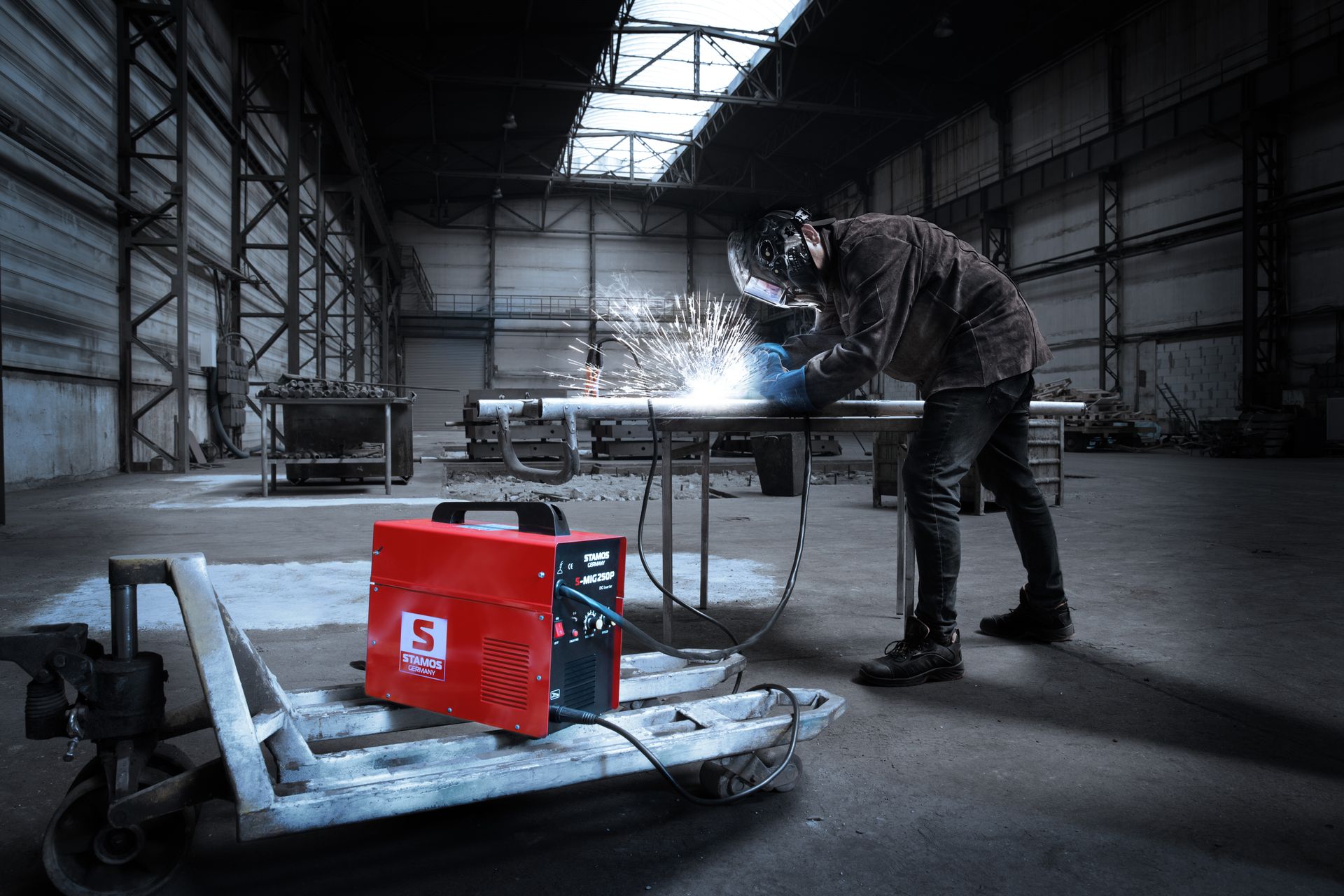
Welding is applying heat treatment with the aim of permanently connecting metal elements. However, as there are several different welding methods, you should get to know the details of each method before choosing the most appropriate one for you. There are certain conditions that influence the choice of a given method, and choosing the right equipment will therefore depend on these conditions. MIG/MAG, MMA or TIG welding machines are intended for different types of welds. What are these methods and what is the difference between the welding machines intended for each method? Let’s take a closer look.
MIG/MAG welding
Both MIG and MAG welding are methods of arc welding of metals using fusible electrodes with the use of shielding gases or their mixtures. The difference between these methods is that in the case of MIG welding, chemically inert gases (Metal Inert Gas), such as argon or helium, are used, while for MAG welding (Metal Active Gas), chemically active gases are used, such as CO2
Both methods use a special welding wire as the consumable electrode. It is wound on a reel and thanks to the feeder it slides out of the MIG welding gun during welding, melting in the electric arc. The melted elements of the bonded material and the electrode mix with each other, thus creating a so-called liquid weld pool. After removing the electrode it solidifies, thus creating a permanent connection in the form of a weld.
During welding, shielding gas is continuously supplied through the gas nozzle of the welding gun. This protects the melted materials from weather conditions, and also cools the welding torch.
Despite their similarities, the MIG and MAG welding methods differ from each other in terms of their use. Inert gas welding (MIG) is used to join copper, aluminium, magnesium and other non-ferrous metals as well as their alloys. Welding with active gases (MAG), on the other hand, is used for welding unalloyed, low-alloy and high-alloy structural steels. Both MIG and MAG welding should take place indoors.
MMA welding
The situation is very different in the case of MMA welding. Here a so-called flux covered electrode is placed in the welding gun. Under the influence of heat (up to 6000K) produced by an electric arc between the electrode core and the welded metal, the electrode and the edges of the material to be welded melt and, when joined and solidified, form a pool that turns into a permanent weld. Such a weld may contain between 10 and 40% of the parent material.
In addition, it also includes metallic components of the cover, which also has a shielding function. Gases and liquid slag formed as a result of its decomposition under the influence of heat protect the arc against weather conditions. Depending on the type of electrode, the chemical composition of the coating may include CO2, CO, H2O and their decomposition products.
The MMA welding process lets the user set the electrode at a chosen angle in relation to the welded elements and move it manually along the welding line. The coated electrode is then manually moved by the welder along the welding line and positioned at an angle relative to the joint. In this case, the welding arc can be supplied with an alternating current, or with a direct current with negative or positive polarity.
The arc ignition itself occurs when the end of the electrode is short-circuited with the connected metal, and then quickly pulled back to the desired length of the arc. Another method of striking the arc is to swing the tip of the electrode while rubbing the material to be welded.
When using an MMA welding machine, the arc should be struck before the starting point of welding. The distance should be around 10 mm. When the arc stabilises, you can start the actual welding process by placing the electrode on the point from which you intend to start welding.
MMA welding is by far the oldest and most popular method, and is popular in both industry and with amateur welders. It allows welding in all kinds of different positions, and is great for hard-to-reach places.
In addition, thanks to the availability of various types of electrodes, it allows you to combine various materials, such as alloyed and unalloyed steels, cast iron, nickel or copper. It is effective for joining both thick and thin materials. MMA welding can take place both indoors and outdoors.
Differences between MIG/MAG and MMA welding machines
Now that you know the most important welding methods, let’s take a look at the welding equipment. Depending on the method you choose, you will need the appropriate welding machine. Due to the differences in welding methods, these machines will differ from each other.
The basic feature of MIG/MAG welders is the shielding gas connection. A gas hose is attached to it, which supplies gas from a cylinder with the appropriate type of gas and flows out of the nozzle of the welding torch during welding, protecting the electrode. MMA welding machines do not require such a connection, because the shield against external factors is the gas released during the melting of the coated electrode used in this method.
The second difference is the welding gun itself. MIG/MAG welders using a wire electrode have guns equipped with a feeder, which automatically unwinds the wire spool, keeping it at the same length in relation to the welded material. The welding cable of MMA welders, on the other hand, has an end in the form of a holder with a clamp, in which the coated electrode is held.
Another difference is the availability of certain functions. As both MIG/MAG and MMA welding are carried out based on completely different principles and with the use of completely different types of electrodes, each type of device has specific functions. An example is the HOT START function, typical for MMA welding machines, which enables the quick starting of the welding process and prevents the weld from sticking to the material. There are also multi-functional devices that combine features of MIG/MAG and MMA welding machines. .
MMA or MIG/MAG welder? Summary
As you can see, there are certain reasons for choosing each type of welding machine. These are not only the materials you intend to weld, but also the place where the welding will take place. For welding out in the open, you can use the MMA method, which will also work indoors. The MIG/MAG welding method, however, may only be performed in closed spaces. The reason for this is the shielding gas, which could be ineffective as a shield in windy conditions.
So in order to properly weld the metals, you will need to select the appropriate device. You can choose from among many machines available on the market that can be connected to a gas cylinder and use an electrode in the form of a welding wire. Or you can choose to weld with a coated electrode mounted in the MMA welder gun.
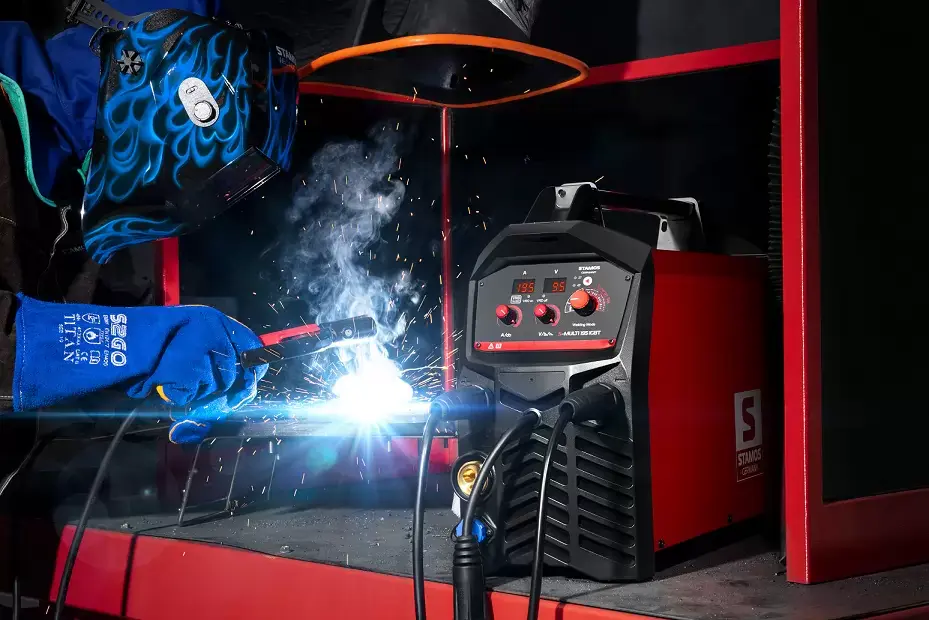
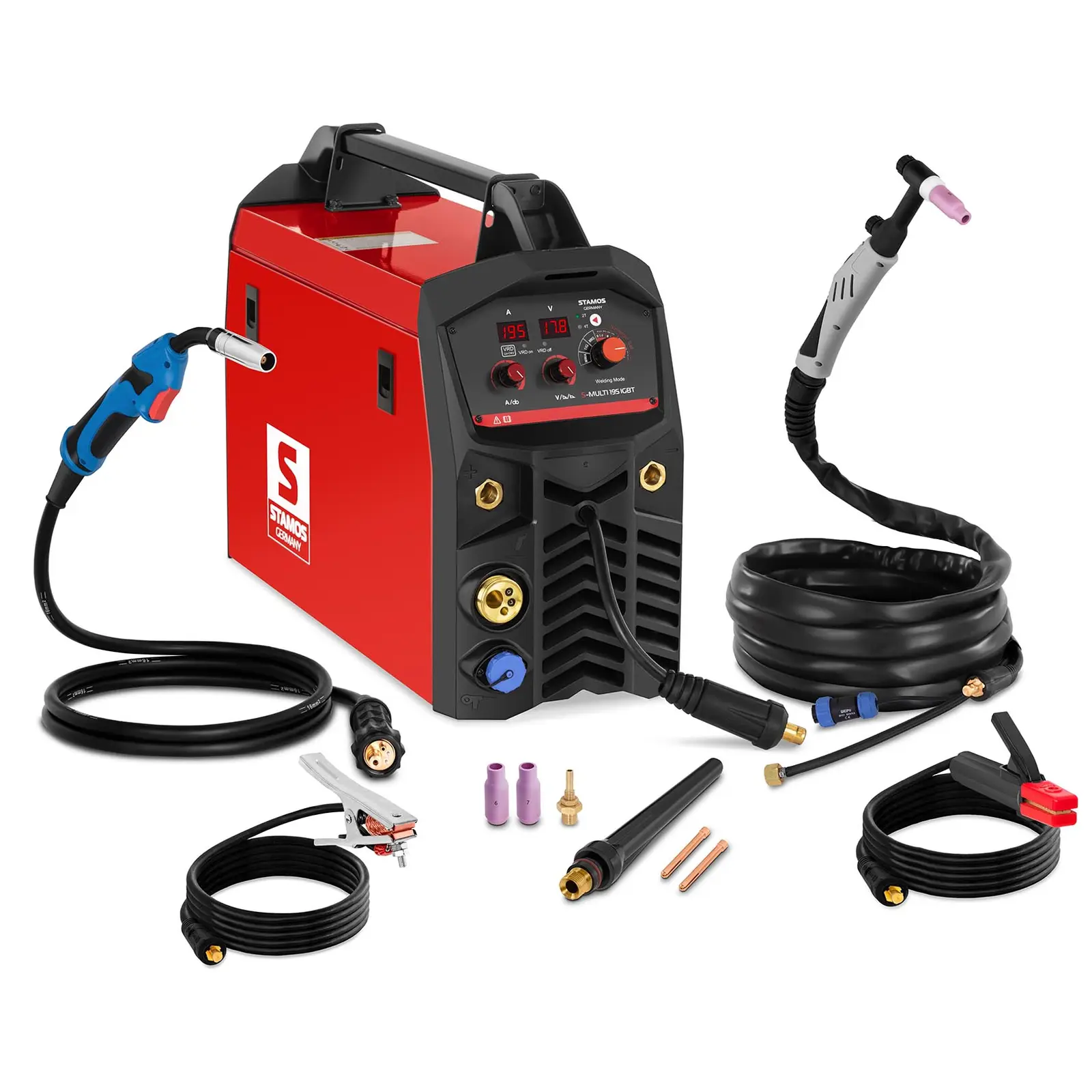




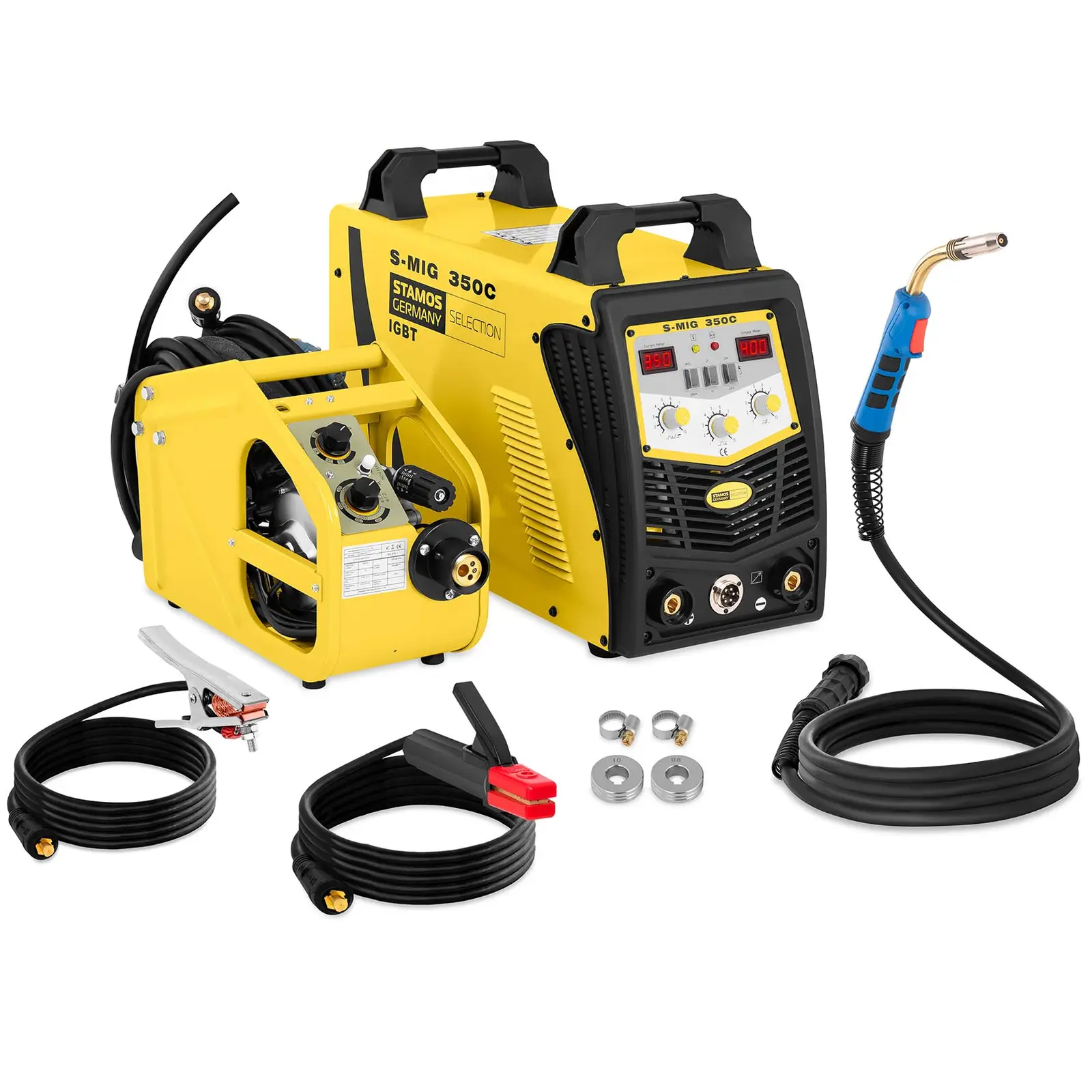
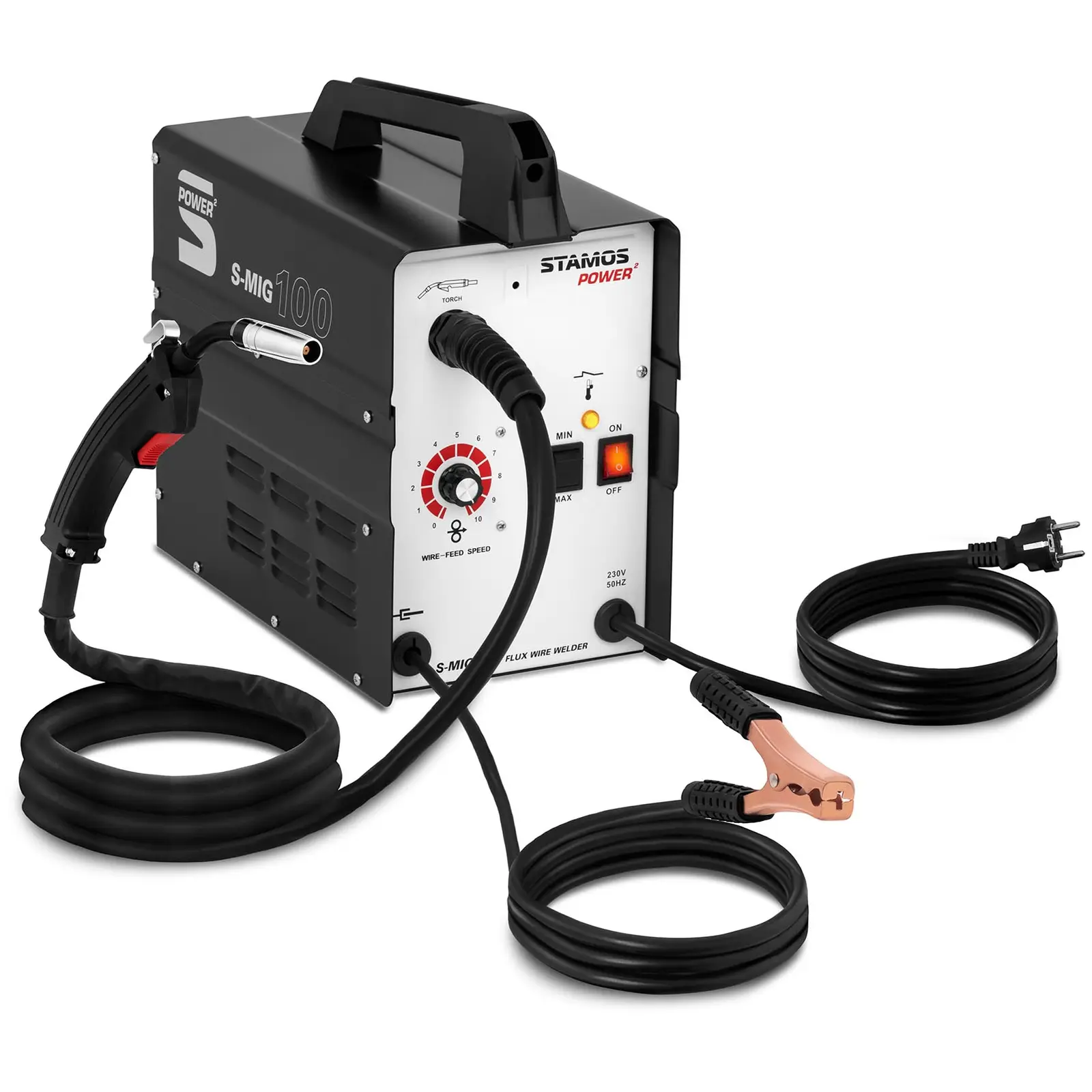


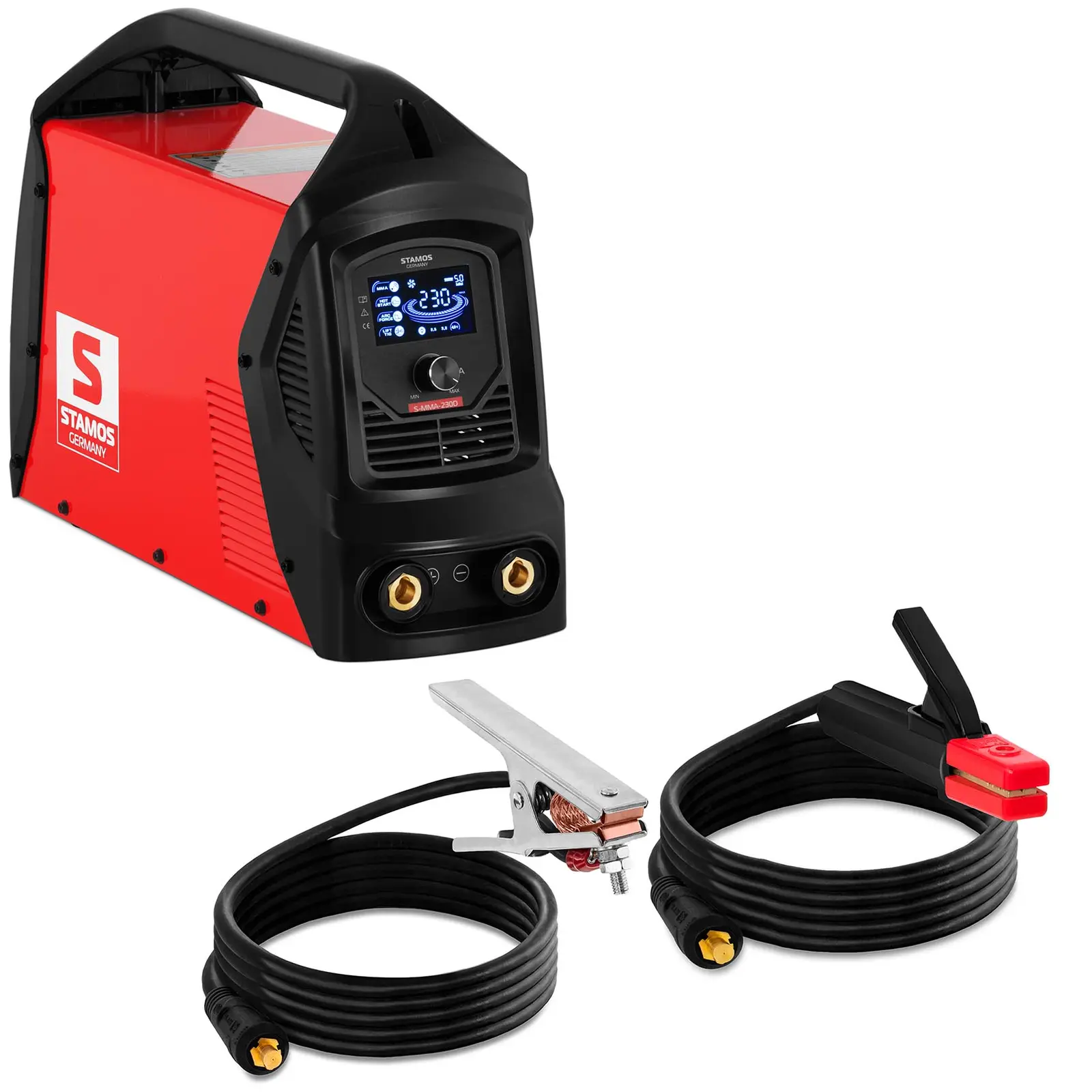


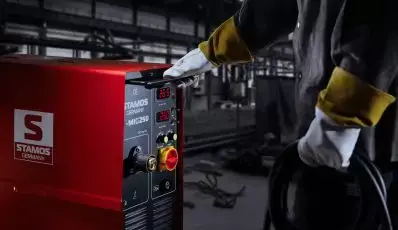
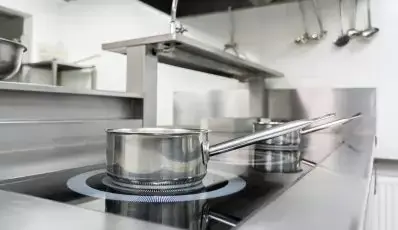
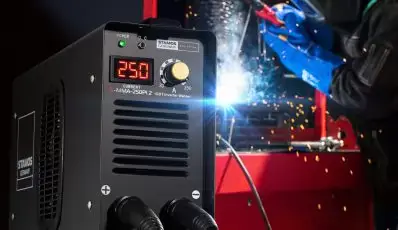
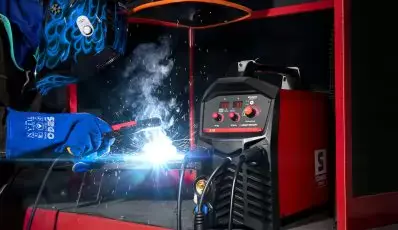

Share